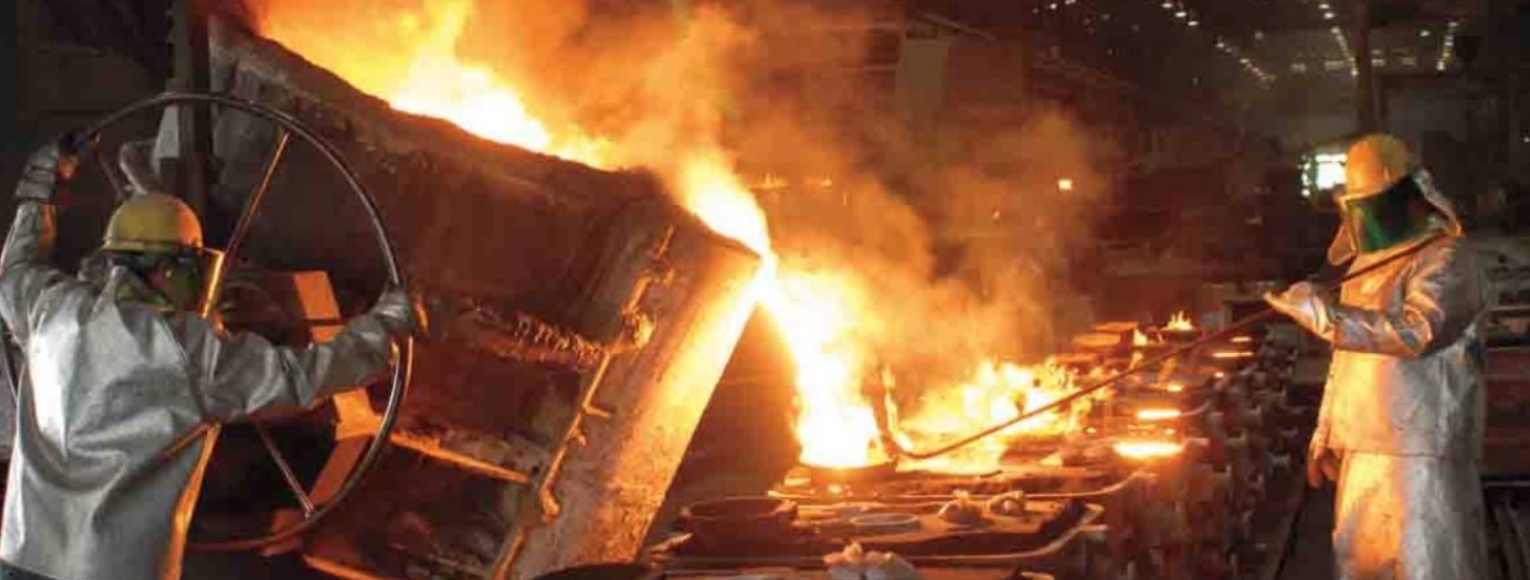
The steel casting process is a vital part of modern industry, impacting numerous industrial applications due to its ability to create complex shapes and high-strength components. Here’s an overview of how it influences various industrial sectors:
- Automotive Industry: Steel casting process is essential in manufacturing various automotive parts, including engine blocks, gears, and steering components. These cast steel parts are favored for their strength, durability, and ability to withstand high stress and temperatures.
- Construction and Infrastructure: In the construction sector, steel casting process plays a crucial role in producing structural components like beams, girders, and anchoring systems. These components are integral to the stability and longevity of buildings, bridges, and other large structures.
- Energy Sector: The energy industry, especially in sectors like oil and gas, wind, and hydroelectric power, relies heavily on steel casting process. Components such as turbine blades, valves, and pump casings are often made using this process, as they require precise dimensions and the ability to endure harsh environments.
- Railway and Shipping Industries: Cast steel parts are widely used in the manufacturing of railway components like wheels, couplings, and bogie frames. In the shipping industry, large-scale steel casting process is used to make propellers, anchors, and hull components for ships and submarines.
- Aerospace and Defense: These sectors demand materials that have a high strength-to-weight ratio, which steel casting process can provide. Components like landing gear, engine mounts, and structural elements of aircraft and military vehicles are often produced through steel casting process.
- Heavy Machinery and Equipment: Steel casting process is crucial for heavy machinery used in mining, agriculture, and manufacturing. Parts like gears, housings, and heavy-duty frames are typically made through this process for their robustness and longevity.
- Medical Equipment: In the medical field, steel casting process is used in making surgical instruments and equipment due to their ability to be sterilized and their resistance to corrosion.
The process of steel casting process involves several steps, including pattern making, molding, melting and pouring the steel, solidification, and finishing. Each step is critical to ensuring the quality and precision of the final product. The advancements in technology, such as computer-aided design (CAD) and simulation, have further enhanced the accuracy and efficiency of the steel casting process.
In conclusion, steel casting process is integral to a wide range of industries due to its versatility, strength, and ability to produce complex shapes. Its impact on industrial applications is profound, supporting the infrastructure of modern society across various sectors.
